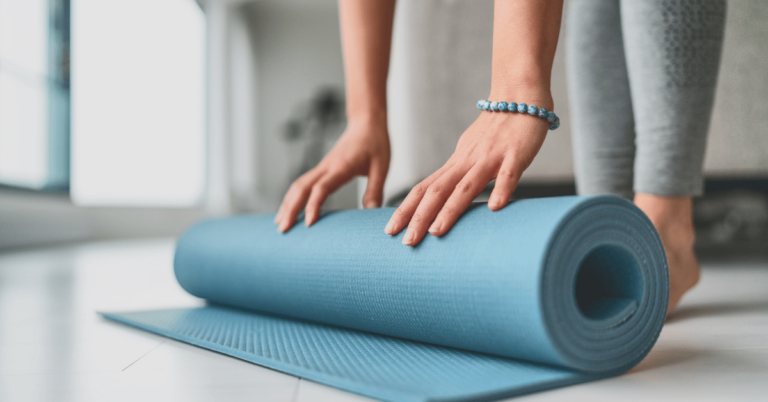How Often Should You Do Yoga (and for How Long) to See Results?
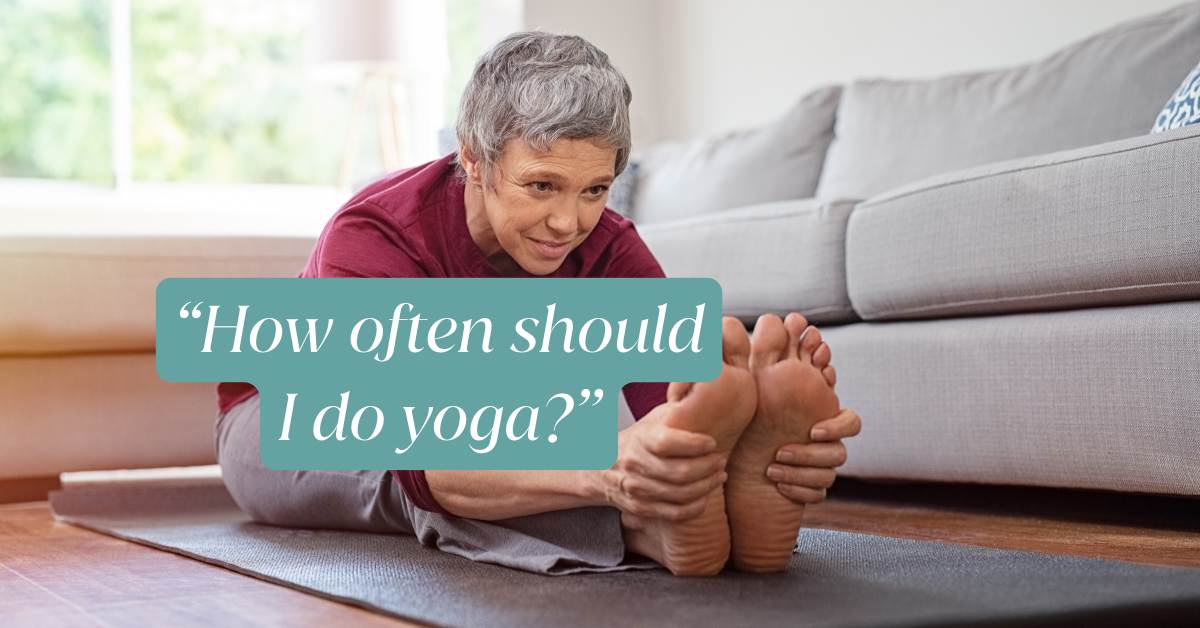
“How often should I practice yoga to get the benefits?”
I hear this question all the time from my students: “How often should I do yoga to really make a difference?” If you’re asking this, you’re not alone!
Yoga is all about the process and not the end result. But that said, many of us are drawn to yoga with specific health and wellness goals in mind (which can be anything from gaining flexibility, to reducing aches & pains, to relieving stress).
And so it makes sense that people want to know the “magic number” or length of yoga sessions where they’ll suddenly receive all of these wonderful health benefits they’ve heard about.
I know this can be frustrating to hear, but the answer is: It depends.
I go into more detail below about what the research says, but most of the time, the best frequency for yoga practice is whatever you can consistently maintain. For some, that might be 15 minutes a day. For others, it could be 30 minutes three times a week plus a longer session on weekends.
The key is to start small and build a sustainable habit.
Success doesn’t come from what you do occasionally; it comes from what you do consistently.”
Marie Forleo
The ideal vs. reality
In an ideal world, practicing yoga for at least an hour each day would be wonderful. This daily dedication would undoubtedly lead to significant benefits for both your body and mind. However, let’s be honest – for most of us, this just isn’t realistic!
Life is busy. Between work, family commitments, and other responsibilities, finding a full hour for yoga every day can feel overwhelming. And when we set unrealistic goals, we often end up feeling discouraged and might give up altogether.
This is where many people fall into the trap of “all or nothing” thinking. They believe if they can’t commit to a full hour of yoga daily, it’s not worth doing at all. (I’ve absolutely been guilty of this in the past!) But this mentality is counterproductive and often leads to no practice at all.
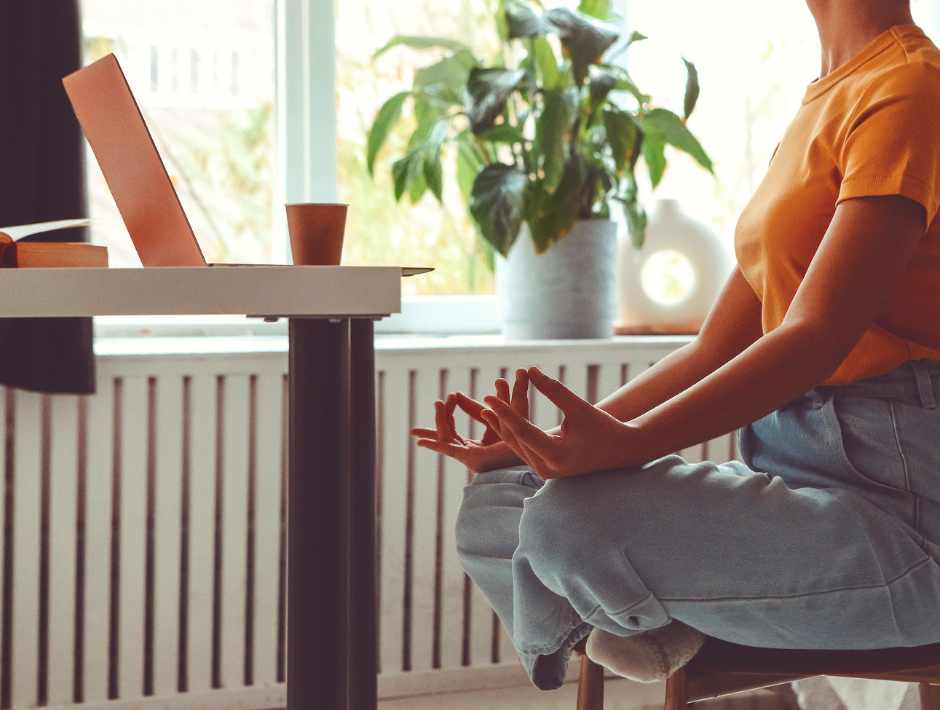
The “all or nothing” mentality can also lead to overdoing it, which can can end in burnout, fatigue, or even injury. This could set back your progress and discourage regular practice.
(Remember that yoga isn’t about pushing yourself to extremes or forcing your body into difficult poses. Instead, we learn to listen to our body and give it the rest it needs.)
The goal is to create a sustainable routine that you can maintain over time, rather than an intense regimen that you’ll struggle to keep up.
By starting small, you avoid overwhelming yourself with unrealistic expectations. You’re more likely to show up consistently, and over time, these small sessions can naturally expand as your habit solidifies.
This is the path to longevity. Remember, a 10-minute yoga practice that you actually do is infinitely more beneficial than a 60-minute practice that only happens in your imagination!
What does the research say?
Here’s the good news: you don’t NEED to practice for hours every day to see real benefits from yoga. The key lies in consistency rather than duration. As Bruce Lee wisely said, “Long-term consistency trumps short-term intensity.”
Research backs this up. A 2012 study in Evidence-Based Complementary and Alternative Medicine backs up the idea that consistent yoga practice is key. The researchers found that how often people practiced yoga at home mattered more than how long they’d been doing yoga or how many classes they attended.
Each extra day of home practice per week led to better mindfulness, well-being, BMI, diet, and sleep. These benefits added up over time, suggesting that even short, daily practices can make a real difference!
The study’s authors stress that it’s not just about learning yoga, but making it a part of your everyday life. This research suggests that consistent, shorter home practices of 10 or 15 minutes daily could be more beneficial than longer, less frequent sessions or only going to yoga classes.
Remember, it’s not about the duration of each session, but the consistency of your practice over time.
Mikah Horn
Slow and steady consistency leads to lasting change.
Finding YOUR path to consistent yoga practice
When it comes to yoga, as we’ve talked about in this blog, the most important factor is consistency. But there are several approaches to establishing a regular yoga practice, and the best one depends on your personal preferences, schedule, and goals:
Group yoga classes
Attending regular group classes can provide structure and community. (If you live in Granbury, Texas, come join us for a group class series!)
Home yoga practice
Practicing at home offers flexibility and convenience. And online yoga platforms offer a variety of classes you can do at home, often at a lower cost than in-person classes. (Lifelong Yoga Online, my on-demand yoga membership, is only $29/month for unlimited classes and yoga programs.)
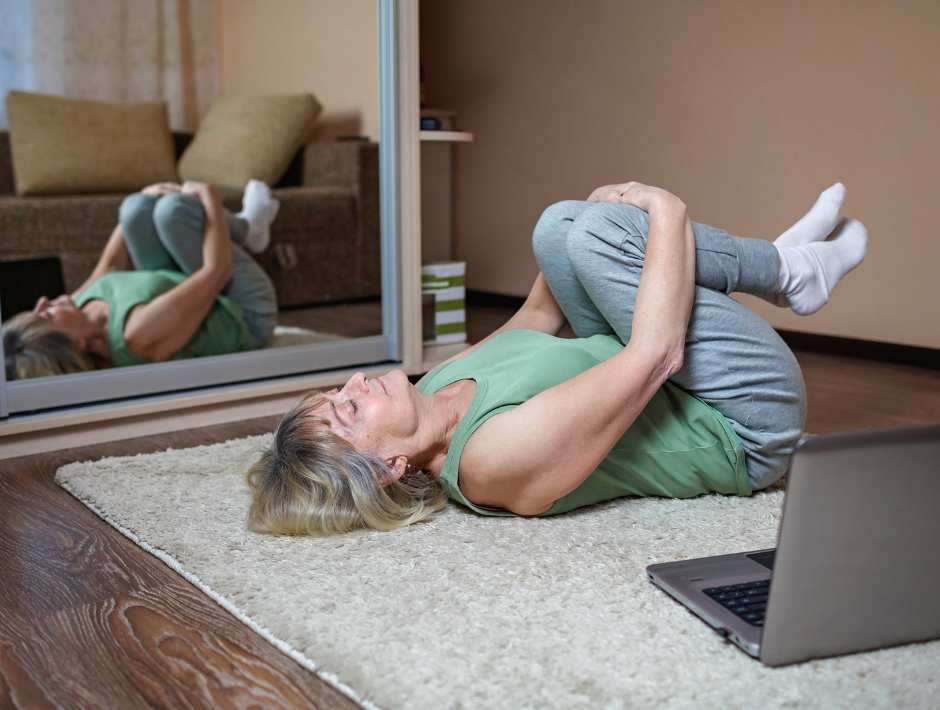
Private yoga therapy
This option combines the best of all worlds. Yoga therapy provides personalized guidance, helps you develop a safe and effective home practice, and offers ongoing support to keep you consistent.
Create a routine (and get results) with your own personalized yoga plan
Working with my 1:1 yoga therapy clients over time, I’ve found that personalized guidance is key to helping clients establish and maintain a consistent yoga routine. Here’s how we typically approach this with yoga therapy:
- Assessment: We start by understanding your unique needs, goals, and current lifestyle. This helps us create a practice that’s both beneficial and sustainable for you.
- Customized plan: Based on this assessment, we develop a personalized yoga plan. Often, we start with just 10-15 minutes of daily practice. It’s short enough to fit into busy schedules but long enough to provide real benefits.
- Weekly sessions: Our regular yoga therapy sessions serve as an anchor for your practice. They provide accountability, allow us to adjust your plan as needed, and give you a chance to ask questions or address any challenges you’re facing.
- Gradual progression: As you become more comfortable with your practice, we gradually increase the duration or complexity of your sessions. This ensures you’re always challenged but never overwhelmed.
- Ongoing support: Between sessions, I’m available to answer questions and provide encouragement. This continuous support helps you stay on track with your home practice.
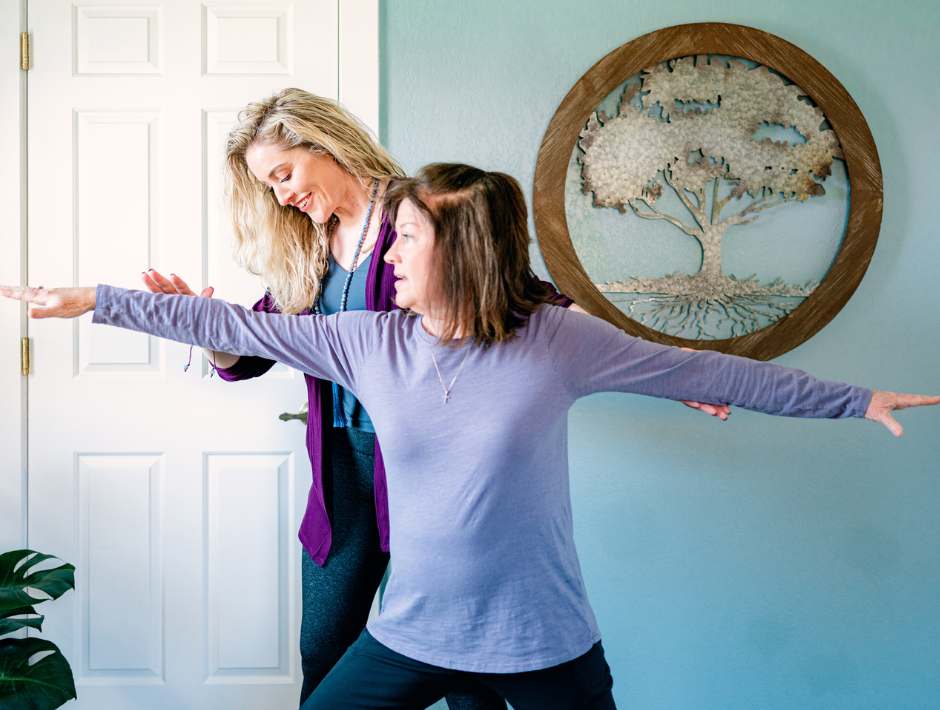
One of my favorite aspects of working with my yoga therapy clients is witnessing their journey over time. Just like any relationship, there might be periods of inconsistency or lack of motivation, but there are also moments of rapid growth and inspiration. It’s exciting and incredibly fulfilling to be part of this process!
Take my yoga student Debra, for example. She had practiced yoga on and off for 30 years before we started working together one-on-one.
Initially, Debra was only meeting for our weekly sessions without much home practice. But over time, with consistent guidance and support, she developed a craving for daily yoga. She’s still seeing me weekly for our private sessions, but she’s also using the Lifelong Yoga Online membership to practice at home. It’s become an essential part of her daily routine.
Remember, everyone’s journey is unique. Whether you’re just starting out or looking to deepen an existing practice, yoga therapy can provide the personalized approach and ongoing support you need to create a consistent yoga routine.
Your next steps
If you’re ready to jump in and experience the many health benefits of yoga, here’s what I recommend:
- Start small: Commit to just 15 minutes a day, or whatever time feels manageable for you. Start with this amount and then reevaluate after a month or two.
- Be consistent: If possible, try to practice at the same time each day to build a habit.
- Give yourself grace: Remember, showing up is what counts, even if it’s just for a few mindful breaths.
- Consider yoga therapy: A personalized approach can help you develop a practice that fits your life and goals, and provides the support you need to stay consistent.
Remember, yoga is a lifelong journey. You have all the time in the world to make progress. The most important thing is to start now and keep showing up, day after day.
Ready to begin (or jump back into) your yoga practice? Click here to read about yoga therapy package options and let’s create a consistent practice that works for you, supports your goals, and fits seamlessly into your life.

